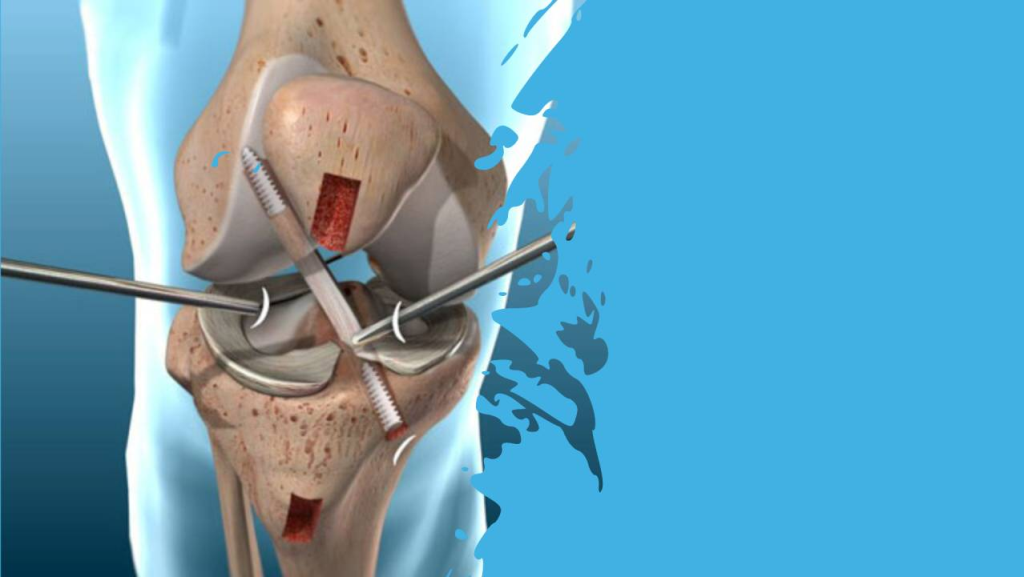Healing from an injury or surgery is a complex and fascinating process. Your body has an innate ability to repair and regenerate tissue—but it needs the right tools and support to do so efficiently. Optimizing recovery involves more than just rest; it’s a delicate balance of factors that fuel tissue repair, reduce inflammation, and promote healing. This article will explore the biological foundation of recovery and provide actionable strategies anyone can use to enhance healing. Whether you’re an athlete, recovering from surgery, or simply looking to improve your body’s resiliency, these insights can help.
How Tissue Repair and Regeneration Work
Tissue repair is a multi-phase process that occurs whenever your body sustains damage from injury, illness, or overuse. It starts with inflammation, which may sound like a bad thing but is a critical step. During this phase, your immune system sends cells to the damaged area to remove debris and prevent infection. The proliferative phase follows, where new cells are created, and the scaffolding for tissue repair is built. Finally, in the remodeling phase, the new tissue strengthens and adapts to replace the old.
This natural process is impressive, but it’s not immune to challenges. Factors like poor nutrition, chronic stress, or inadequate rest can delay or impair recovery, making it essential to support your body in every way possible.
The Role of Nutrition in Recovery
Nutrition serves as the foundation for tissue repair. Without the right nutrients, your body can’t produce the necessary building blocks for healing. Protein, a key macronutrient, is especially important because it supplies amino acids needed to create new tissue. Including lean protein sources such as chicken, fish, eggs, or plant-based proteins like tofu and lentils can help fuel recovery.
Micronutrients like vitamin C, zinc, and omega-3 fatty acids also play a vital role. Vitamin C boosts collagen production, the protein that serves as the framework for connective tissue. Zinc aids cell growth and repair, while omega-3s reduce inflammation, creating an environment conducive to healing. Adding foods like citrus fruits, nuts, seeds, and fatty fish to your diet can make a tangible difference in recovery times.
If you’re recovering from a more severe injury or surgery, consider consulting a dietitian to tailor your nutrition plan. Sometimes, even small tweaks—like increasing your hydration or supplementing with specific nutrients—can expedite healing significantly.
How Peptides Boost Tissue Repair
One standout peptide, tb-500 10mg peptide, has drawn attention for its remarkable role in tissue repair. TB-500 is a synthetic version of a naturally occurring protein called thymosin beta-4. It’s known for its ability to promote cellular migration and differentiation—critical factors in repairing damaged tissue and accelerating recovery.

Physical Therapy for Mobility and Strength
Movement might sound counterintuitive when recovering, but it’s an essential part of the process. Physical therapy helps improve circulation, strengthen muscles, and prevent complications like stiffness and scar tissue formation. Therapists use specialized exercises tailored to your needs, gradually increasing intensity to avoid overexertion.
For example, gentle stretching and strengthening exercises can restore flexibility while stimulating tissue growth if you’re recovering from a muscle tear. Low-impact activities, such as swimming or cycling, can also improve recovery without putting unnecessary strain on the healing area.
However, it’s crucial to follow a professional’s guidance. Overdoing it can lead to setbacks, so monitoring your progress with a therapist ensures you’re moving forward without risking re-injury.
Why Rest is More Than “Taking It Easy”
Though it may seem obvious, rest is often underrated in recovery strategies. During sleep, your body produces growth hormones supporting cell repair and regeneration. Poor sleep or inadequate rest can interfere with this process, prolonging recovery times.
But rest doesn’t just mean sleep; it also includes giving injured areas the time they need to recover. Athletes, for instance, might struggle with the urge to “power through” an injury, but pushing too hard can lead to chronic conditions or further damage. Active rest, such as light stretching or meditation, can keep your body and mind engaged while allowing for healing.
To optimize rest, create a sleep routine encouraging deep, restorative slumber. This might include turning off screens an hour before bed, keeping a consistent sleep schedule, and minimizing caffeine consumption in the late afternoon.
Emerging Technologies in Tissue Regeneration
The science of healing is evolving rapidly, bringing new hope for faster, more effective recovery. Stem cell therapy is one such advancement that is gaining traction. Stem cells have the potential to develop into any type of cell in the body, making them invaluable for regenerating damaged tissue. For instance, researchers are exploring the use of stem cells to accelerate healing after ligament injuries or in conditions like arthritis.
Platelet-rich plasma (PRP) therapy is another promising innovation. By concentrating on the body’s own platelets and injecting them into damaged tissue, PRP therapy aims to speed up healing and reduce recovery time. While these therapies are not yet mainstream and may not be suitable for everyone, they highlight the exciting potential of medical advancements in recovery.
The Road to Effective Recovery
Optimizing recovery is about finding a synergy between your body’s natural processes and external support. Proper nutrition-guided physical activity, adequate rest, and cutting-edge treatments can all work together to help your body heal more efficiently. By understanding and implementing these strategies, you’re not just promoting recovery but laying a foundation for long-term health and resilience.
Whether you’re an elite athlete, a weekend warrior, or someone recovering from surgery, taking an active role in your healing process pays dividends. After all, your body works hard to repair itself every day. With the right strategies, you can give it the tools it needs to rebound even stronger






